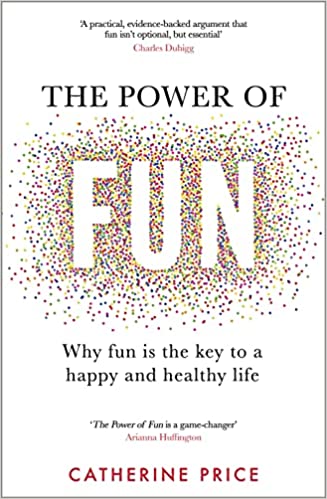- Home
- Awe (NEW 7/24)
- This ain't "happy-ology"...
- Philippiness 2/23 Science of Happiness - Class & Life
- SofH - class & life Spring 2022
- NEW - Time Confetti
- NEW - Happiness Hacks
- NEW - The Power of Fun
- Getting started
- Introducing happiness
- Main Activity Download Center
- 10 Minutes for Happiness (quick tasks)
- Happiness Haiku (consolidation)
- Positive brain chemicals
- New! 3 minutes for positivity
- Becoming Friends
- Savoring
- 5 photos (A savoring task with student projects)
- Flourishing
- Flow
- Positivity
- Laughter
- Meditation
- Mindfulness for kids
- Balloon toss (icebreakers)
- Song/lip dub (Marc's Ss): Pharrell William's HAPPY
- Activities from other teachers
- Don't laugh at me
- Videos of Marc's Talks
- Posters
- Bookshelf (NEW books listed)
- Links
- NUFS MA TESOL task page
- English Firsthand syllabus tie-in
- Monk for a Month (mindfulness)
- Misc PowerPoint downloads
- Contact Marc
- .
- InnovationsPosPsych downloads
- Positive Psychology in SLA (book)
- ..
- NEW BOOK
- test page
- songs for distance teaching
The Power of Fun
I recently read "the Power of Fun" by Catherine Price. Unlike the other pages on this site, it is not about positive psychology, per se. It is about, well, yeah, "fun," But the way Price looks at it, that is certainly related to positivity and mindfulness.
For Price, Real Fun is a combination of Playfulness, Connection and Flow.
I'll tell you a bit more below but, cut to the chance: This page is for language teachers. Here are a couple tasksheets you might want to try.
Tasksheet 1: Real Fun Students describe their own experience of it.
Tasksheet 2: Sharing Experiences. Students describe positive experiences. Partners ask questions. I hope this lets the speakers re-experience the positive moments. Some of these don't exactly meet Price's definition (She doesn't count experiences when you are alone. I do. Maybe because I'm a materials writer. I know that sometimes when I am writing activities, I am experiencing enjoyment knowing that the students will get to that later.
HERE is the PowerPoint I use to introduce both tasksheets (it is mostly about the first one).
Anyway, enjoy the activities.
Here is a short (8.5 minute) interview where Price explains what she means by Real Fun. You'll want to at least be able to explain the diagram above to teach the tasksheets.
For Price, Real Fun is a combination of Playfulness, Connection and Flow.
I'll tell you a bit more below but, cut to the chance: This page is for language teachers. Here are a couple tasksheets you might want to try.
Tasksheet 1: Real Fun Students describe their own experience of it.
Tasksheet 2: Sharing Experiences. Students describe positive experiences. Partners ask questions. I hope this lets the speakers re-experience the positive moments. Some of these don't exactly meet Price's definition (She doesn't count experiences when you are alone. I do. Maybe because I'm a materials writer. I know that sometimes when I am writing activities, I am experiencing enjoyment knowing that the students will get to that later.
HERE is the PowerPoint I use to introduce both tasksheets (it is mostly about the first one).
Anyway, enjoy the activities.
Here is a short (8.5 minute) interview where Price explains what she means by Real Fun. You'll want to at least be able to explain the diagram above to teach the tasksheets.

There are lots of longer (about 1 hour) interviews with Catherine Price but if you are going to invest that kind of time, I think you are better off just reading the book. HERE is a link to the book on Powell's. HERE is a link to Amazon-Japan (where I live).
Want a little more background? Check out this video. It is a mini-review of the book.
Want a little more background? Check out this video. It is a mini-review of the book.
So what is real fun? Look at the diagram at the top of this page. Describe an experience when you felt playful, connected and in flow.
For example, a couple years ago, JALT was in Shizuoka. The next day, my friend Cory and I snuck off to Fuji-Q Highland, a great amusement park... Ask my students about it. I told them as an example for this lesson.
For example, a couple years ago, JALT was in Shizuoka. The next day, my friend Cory and I snuck off to Fuji-Q Highland, a great amusement park... Ask my students about it. I told them as an example for this lesson.
